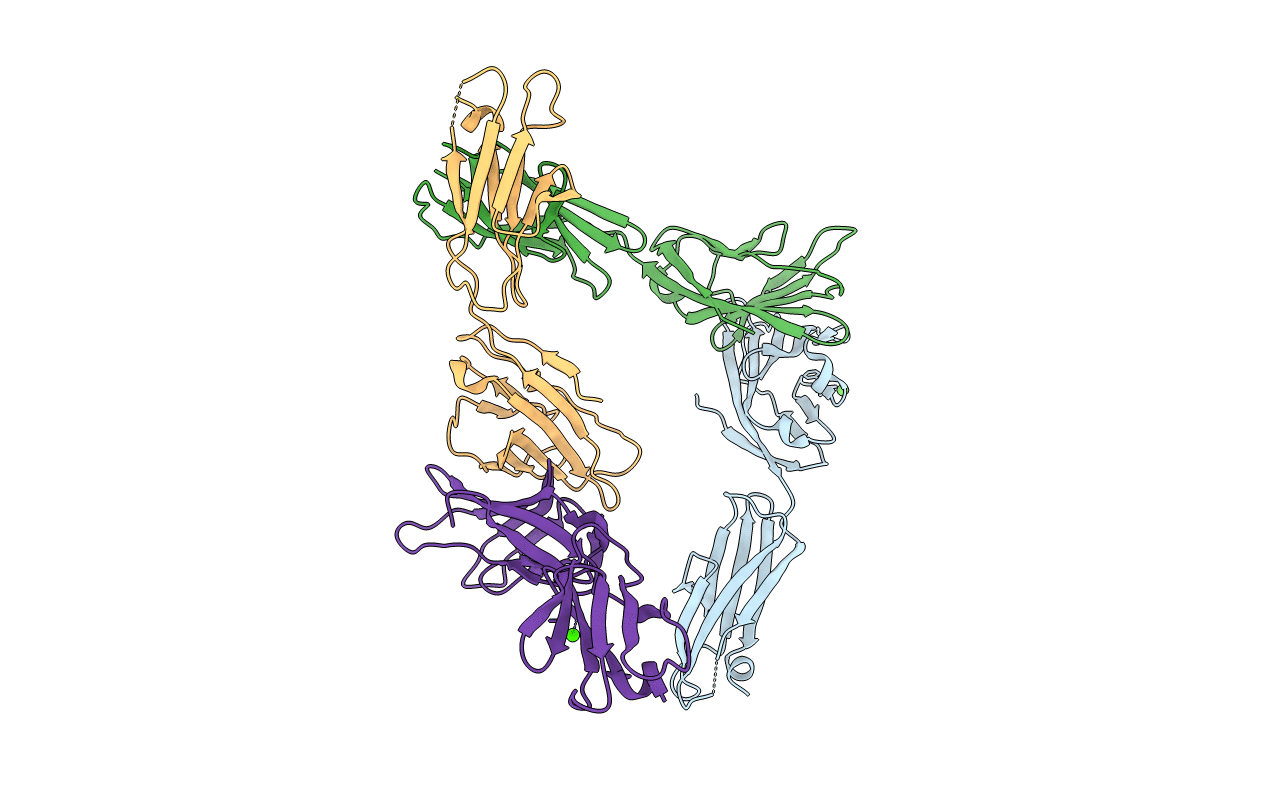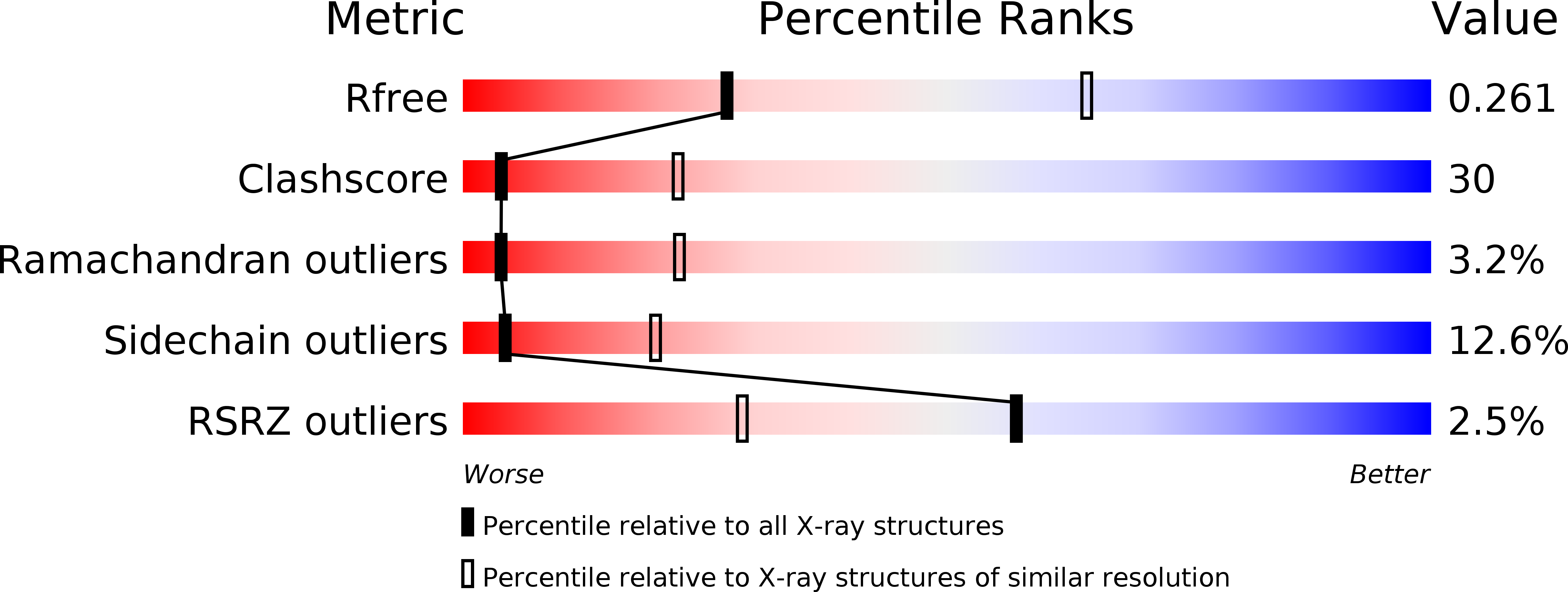
Deposition Date
2006-09-20
Release Date
2006-10-17
Last Version Date
2024-11-06
Method Details:
Experimental Method:
Resolution:
3.00 Å
R-Value Free:
0.26
R-Value Work:
0.21
R-Value Observed:
0.21
Space Group:
C 1 2 1


